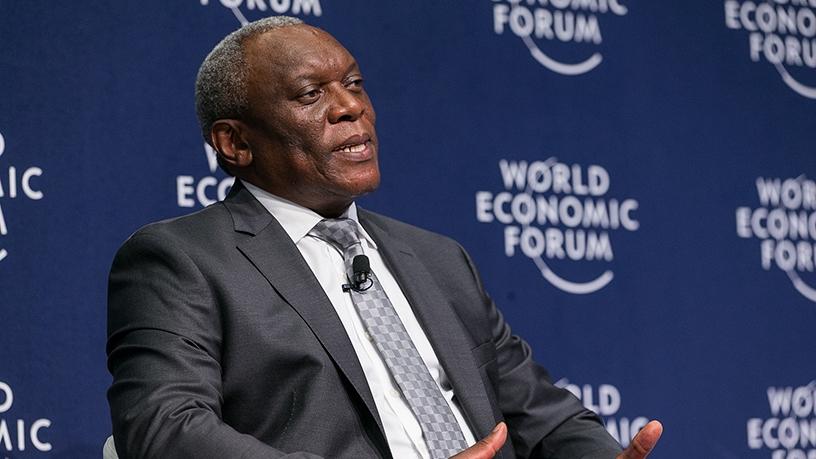
Government's plans to provide connectivity to 327 sites by the end of June, as part of phase one of SA Connect, have been unsuccessful, with only 187 connected so far.
This places further doubt on whether the state will meet its target of connecting 570 sites in 2018, as indicated by minister Siyabonga Cwele in his budget vote speech in May.
SA Connect is a government-led broadband project. The key objective is for broadband access to reach a critical mass of South Africans, according to the Department of Telecommunications and Postal Services (DTPS).
However, the ambitious government broadband initiative has missed numerous self-made deadlines, hampering implementation.
Responding to ITWeb's questions, DTPS spokesperson Siya Qoza, says: "Connectivity infrastructure was rolled out to a total of 187 sites in rural municipalities through the SA Connect programme by the end of June 2018. Of these sites, 18 also have services."
According to Qoza, during the implementation period, some departments requested the targeted sites be changed.
In some instances, he continues, the desired sites had limited network footprint of backhaul infrastructure. These factors contributed to slowing the pace of implementation. "Engagements with all the parties are at an advanced stage and we expect that in the coming weeks the implementation will be expedited."
Stumbling blocks

The DTPS, led by Cwele, is in charge of overseeing the ambitious broadband project that has been crutching along for the last few years now.
Promulgated by the then Department of Communications in 2013, SA Connect is the country's national broadband policy and associated strategy to meet the technology goals of the National Development Plan.
Through the project, government aims to deliver 100% broadband connectivity to state facilities by 2020. It is also expected to deliver broadband access to 90% of the country's population by 2020 and 100% by 2030.
Due to the magnitude of the project, government decided it should be implemented in two stages: phase one and phase two. The first phase focuses on connecting all schools, health facilities, government offices, Thusong Centres and post offices in eight rural district municipalities to broadband services.
Cwele previously noted the economic downturn had been one of the biggest challenges in rolling out the project. As a result, the department decided to mandate state-owned companies to implement phase one of SA Connect.
Last year, the minister's department engaged with National Treasury to allow state entities that have the capacity to roll out broadband and connectivity.
Promises, promises...
Adrian Schofield, ICT veteran and programme consultant at the Institute of Information Technology Professionals SA, says the SA Connect project has been full of promise and empty of delivery since it was announced.
This, Schofield explains, follows the lack of achievement throughout the lengthy period of the government's promises to provide universal access and universal service.
"Some progress has been made but overall, I would have to say the project has failed. Bear in mind we are only judging phase one. We should be assessing the completion of phase two by now."
Schofield says in spite of policies that support the notion of a connected SA, government has consistently failed to make SA Connect a priority task with adequate resources and accountability for failure.
He believes the SA Connect project has to be taken out of the telecoms ministry.
The ICT veteran explains: "Put it in the hands of a public-private-partnership between the State IT Agency, Sentech and Broadband Infraco and the private sector with a board chaired by a captain of industry responsible to National Treasury, so that funds cannot be diverted or left unspent.
"Move the USAF/DDF funds with the project to Treasury control. This would be a good time to abandon the ECA Bill and focus on achieving the objectives of existing legislation and regulation instead of making it more difficult for SA to benefit from the digital age," he concludes.
Share